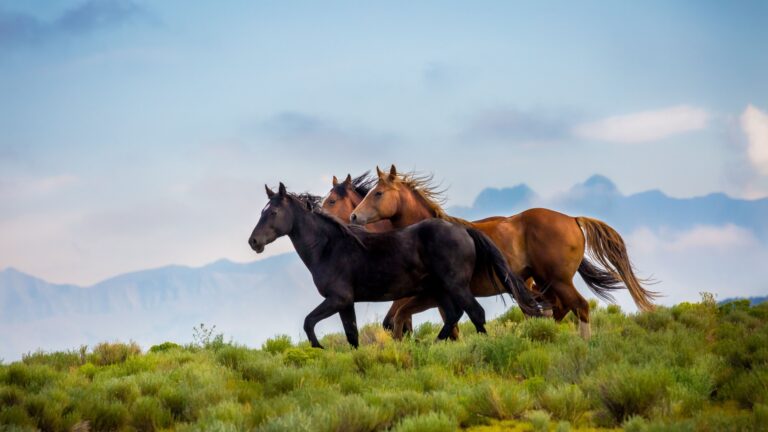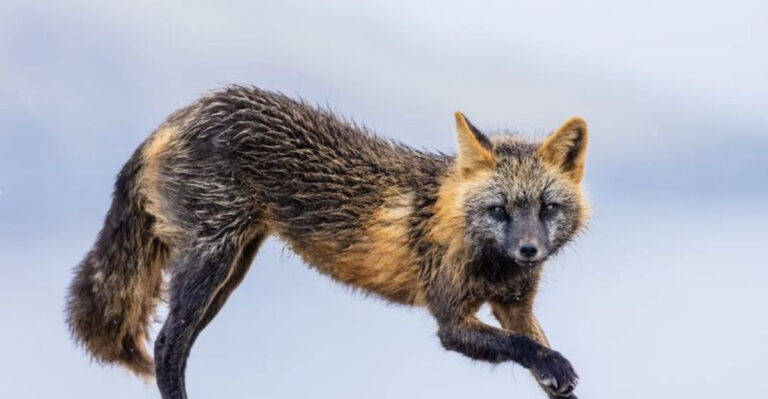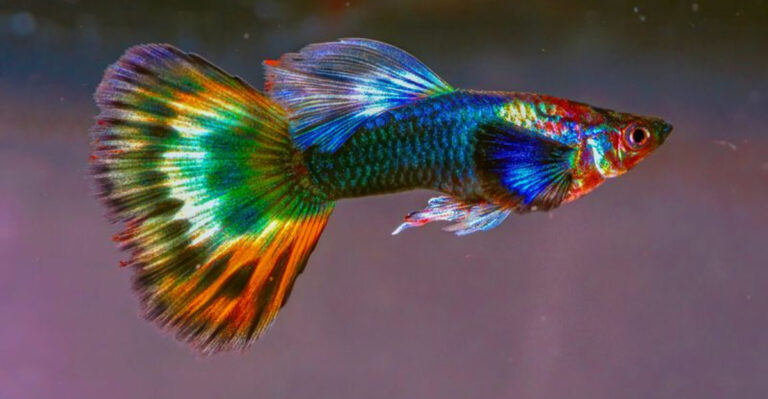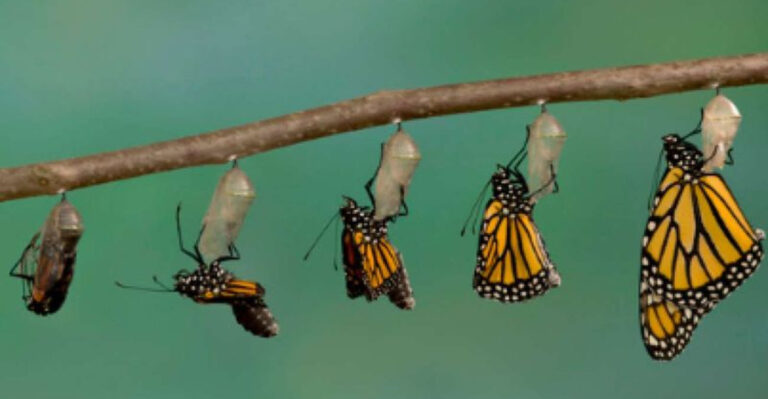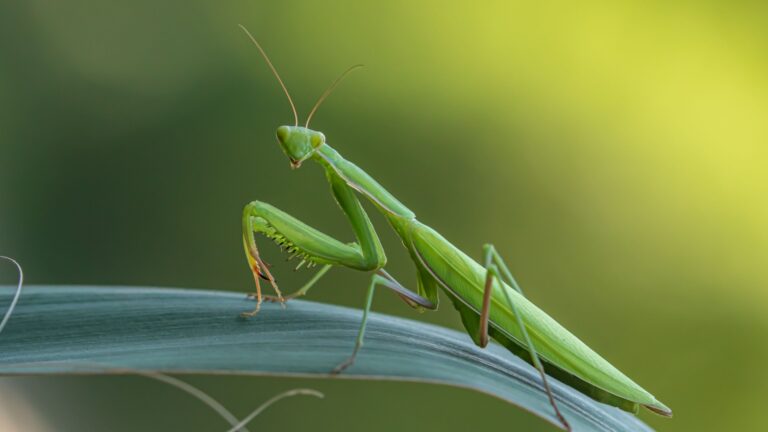15 Facts About The Mata Mata, The Weirdest Turtle Ever
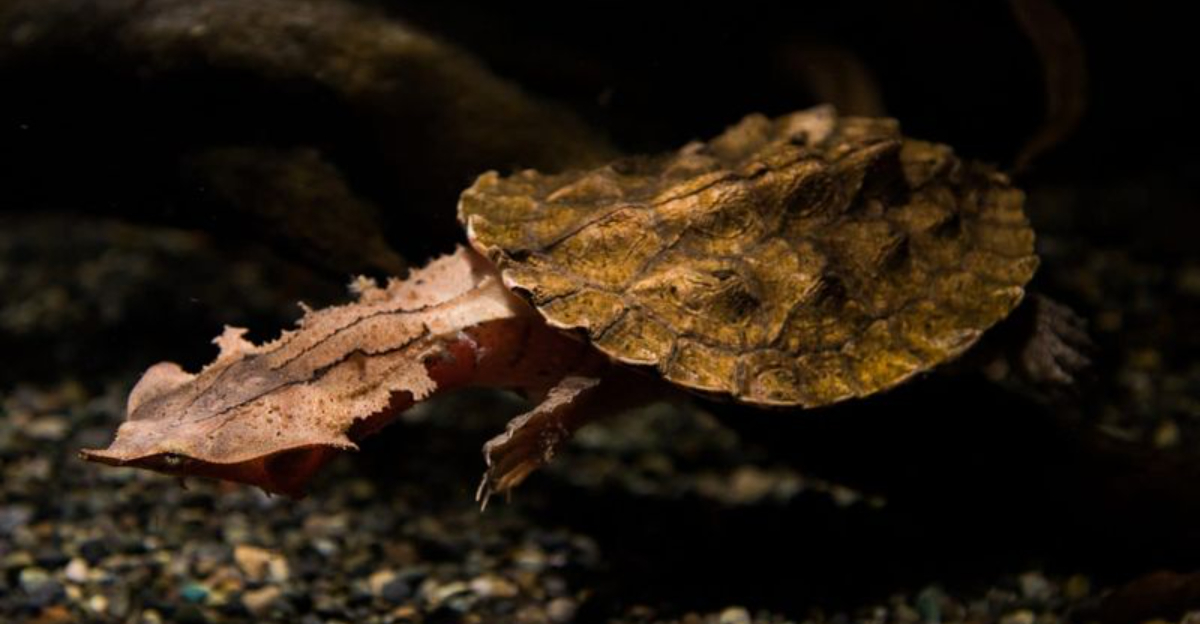
Ever seen a turtle that looks like it’s wearing a costume from a prehistoric play? Meet the Mata Mata, nature’s own quirky masterpiece.
This turtle is as peculiar as it gets, with features that make you question if it’s real or just a prank. Let’s dive into curious facts that make the Mata Mata the most bizarre turtle you’ll ever come across.
1. The Camouflaged Predator
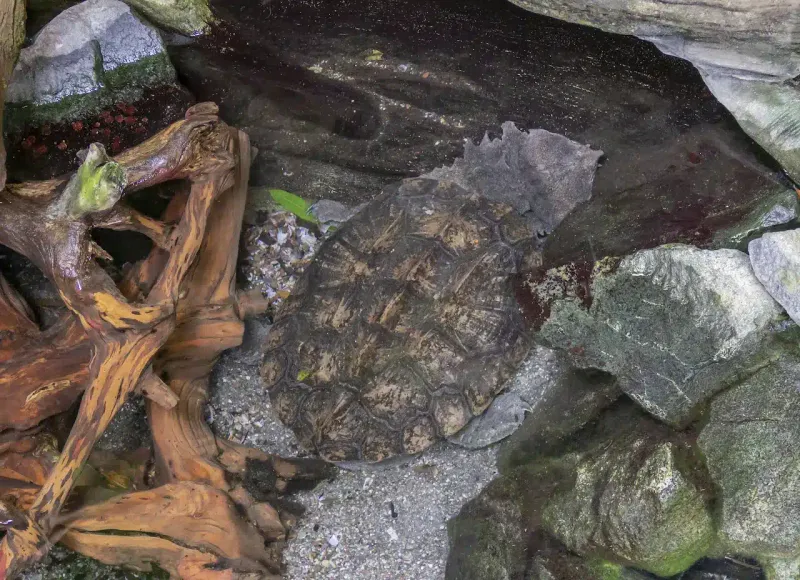
Imagine a turtle that looks like a pile of leaves. The Mata Mata has one of the best camouflage abilities in the reptile world.
Its skin mimics the texture and color of decaying foliage, allowing it to ambush prey with ease. This disguise is so effective that even seasoned wildlife enthusiasts may miss spotting one.
2. Mouth Like A Vacuum
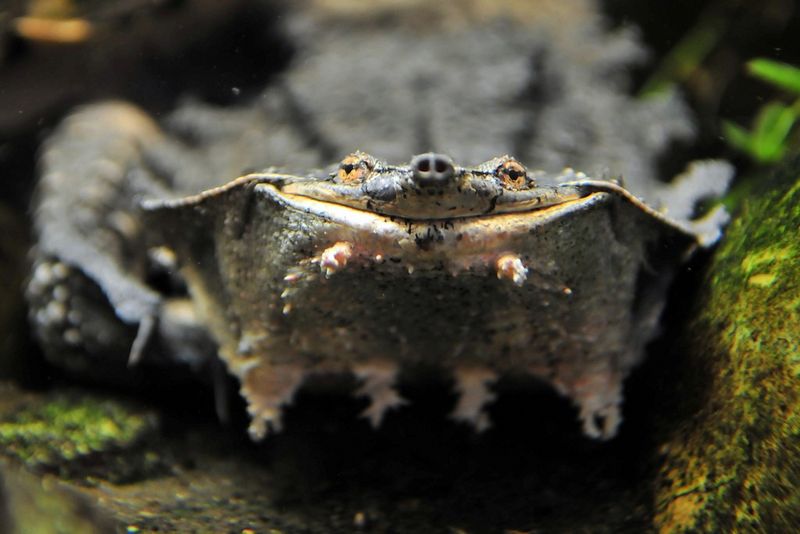
The Mata Mata doesn’t just catch its prey; it vacuums them in! With a mouth that opens wide, it creates a suction force that pulls water and prey directly into its throat.
This unique feeding mechanism is both fascinating and slightly unnerving. It’s a real spectacle of nature’s engineering.
3. A Neck To Remember
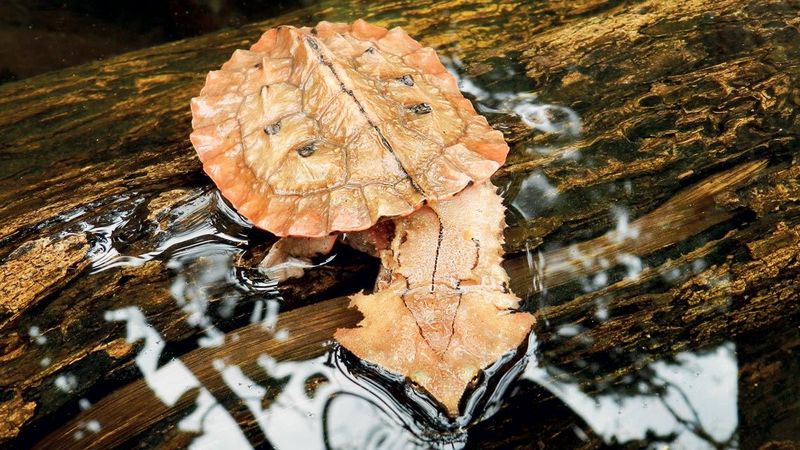
With a neck that’s as long as its shell, the Mata Mata’s anatomy is truly something to behold. It uses this lengthy neck to reach out and snatch unsuspecting fish.
The sight of this turtle stretching its neck is both mesmerizing and a little eerie, like watching a slow-motion scene from a nature documentary.
4. Shell Design Like No Other
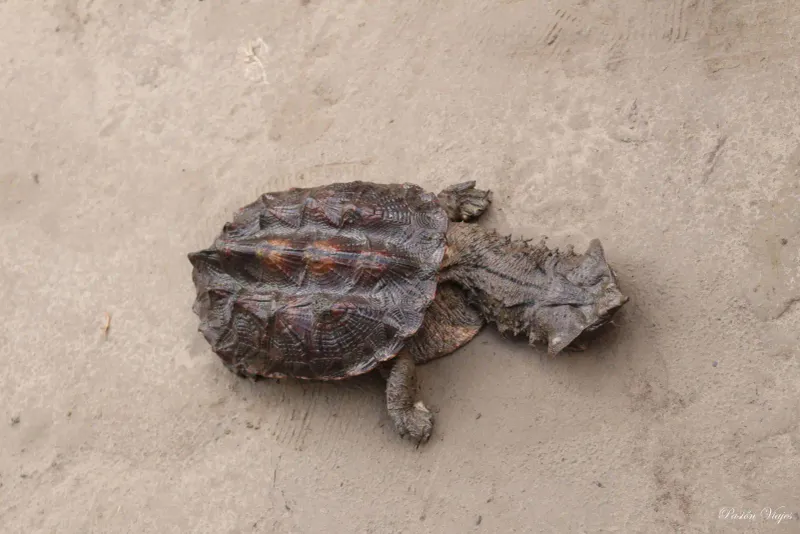
The Mata Mata’s shell is a masterpiece of texture and design. Covered in ridges and bumps, it resembles a piece of driftwood more than a turtle shell.
This unique appearance isn’t just for show; it helps the turtle blend into its surroundings seamlessly. Each shell tells a story of adaptation and survival.
5. Eyes Set For Hunting
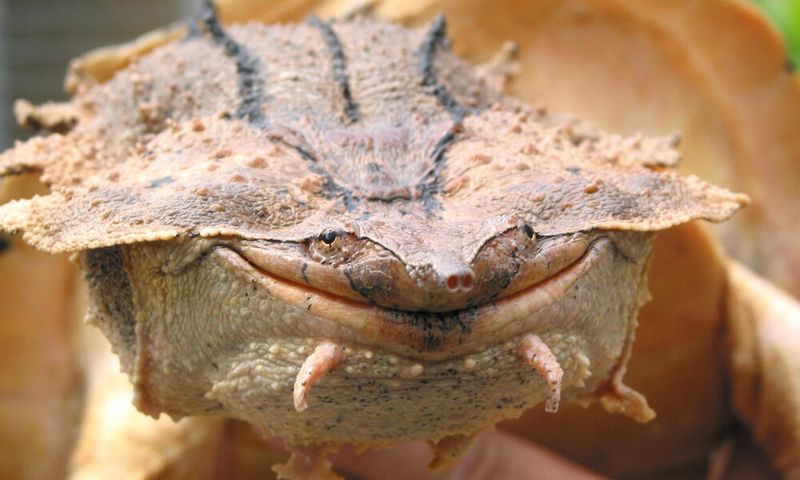
The Mata Mata’s eyes are strategically positioned on the sides of its head, giving it a wide field of vision. This adaptation is perfect for spotting prey while remaining almost completely submerged.
It’s like having a built-in set of binoculars, allowing this turtle to be an effective hunter without being seen.
6. A Silent Swimmer
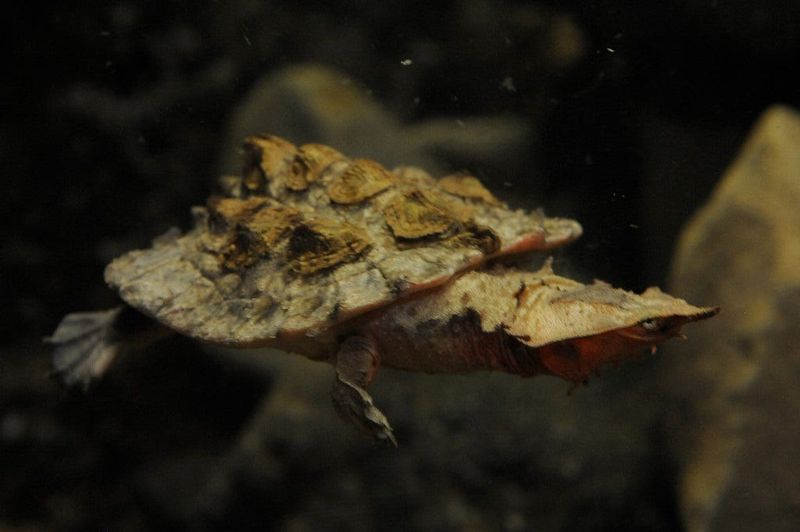
Unlike many turtles that splash and paddle, the Mata Mata is a silent swimmer. It glides through the water with little to no disturbance.
This stealthy approach helps it surprise its prey, making it a highly efficient predator. Observing a Mata Mata in its element is like watching a whisper move through water.
7. A Nocturnal Mystery
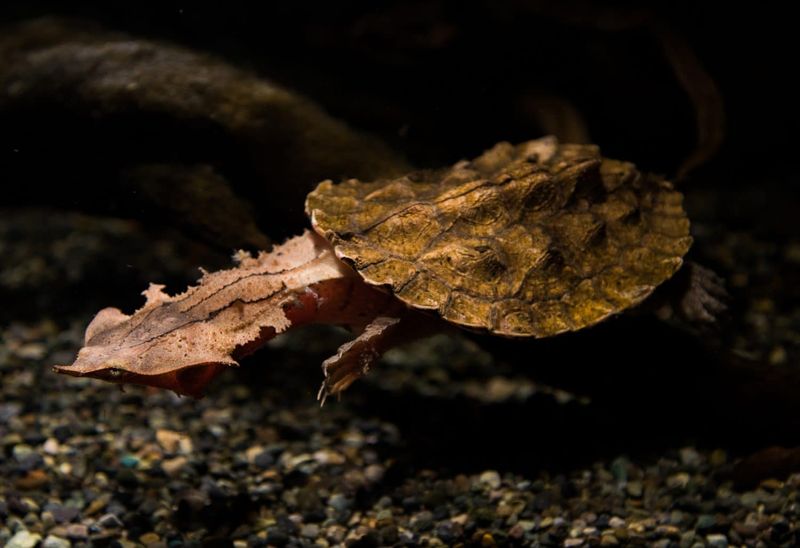
The Mata Mata is primarily nocturnal, coming alive at night to hunt and explore. Its night-time habits remain a mystery to many, adding to its enigmatic allure.
The darkness of the night seems to be the perfect stage for this peculiar turtle to showcase its unique lifestyle and hunting skills.
8. A Face Only Nature Could Love
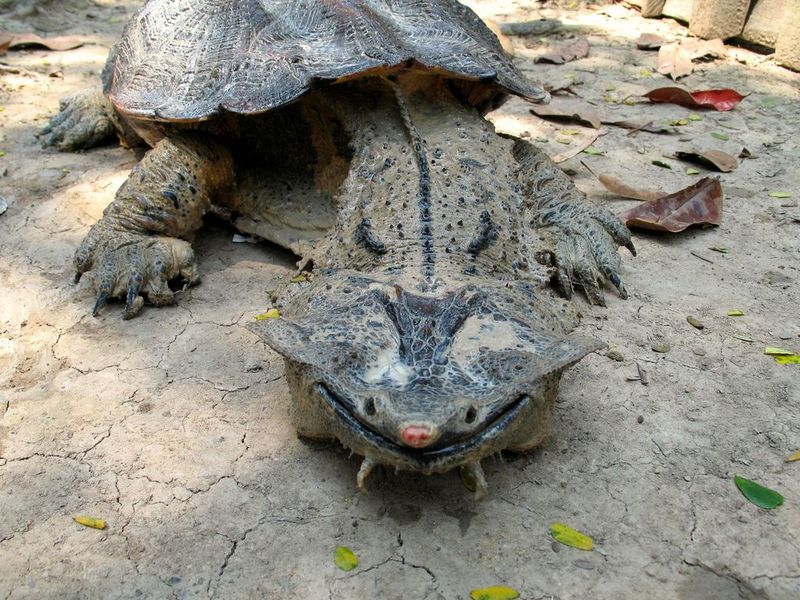
With a face that looks more like a squashed gargoyle than a turtle, the Mata Mata’s appearance is strikingly unique.
Its flat, triangular head and snout-like nose give it a prehistoric, almost mythical look. It’s the kind of face that makes you do a double-take and wonder about the marvels of evolution.
9. South American Roots
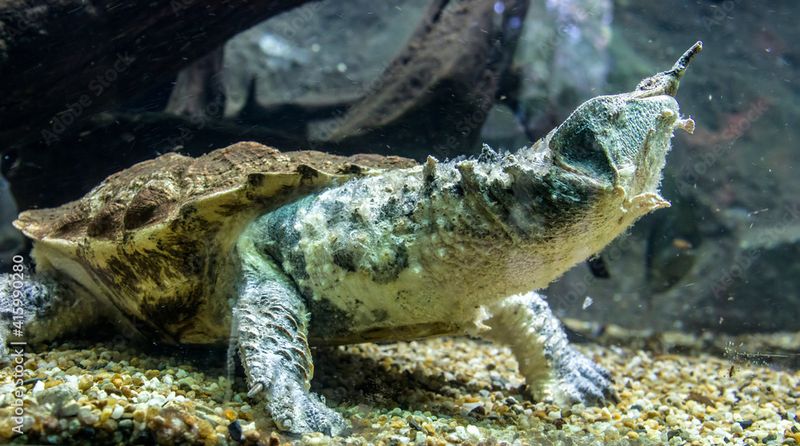
Originating from the slow-moving rivers and streams of South America, the Mata Mata calls the Amazon rainforest its home.
This turtle’s environment is as diverse and vibrant as its appearance. It thrives in the warm, murky waters of its native habitat, blending perfectly with the rich ecosystem.
10. Not Your Average Turtle Diet
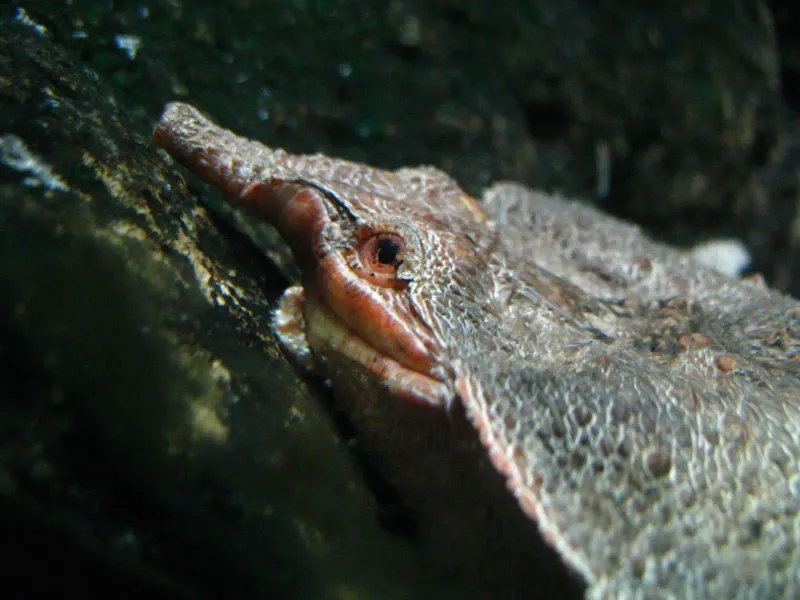
Forget about lettuce and veggies; the Mata Mata is all about fish. This carnivorous diet distinguishes it from many of its turtle cousins.
Its unique feeding strategy and dietary preference make it a captivating subject for those interested in reptilian diets. Its culinary choices are as unique as its appearance.
11. Patience As A Virtue
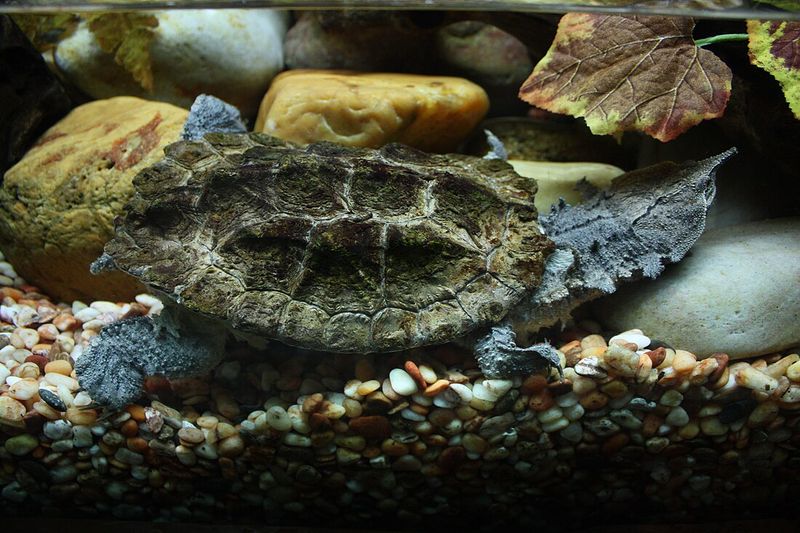
The Mata Mata is the epitome of patience, often lying motionless for hours waiting for the perfect moment to strike.
This patience is key to its hunting success, as it relies on stealth and surprise. Observing this turtle in its natural behavior is a lesson in the art of stillness and precision.
12. The Art Of Stillness
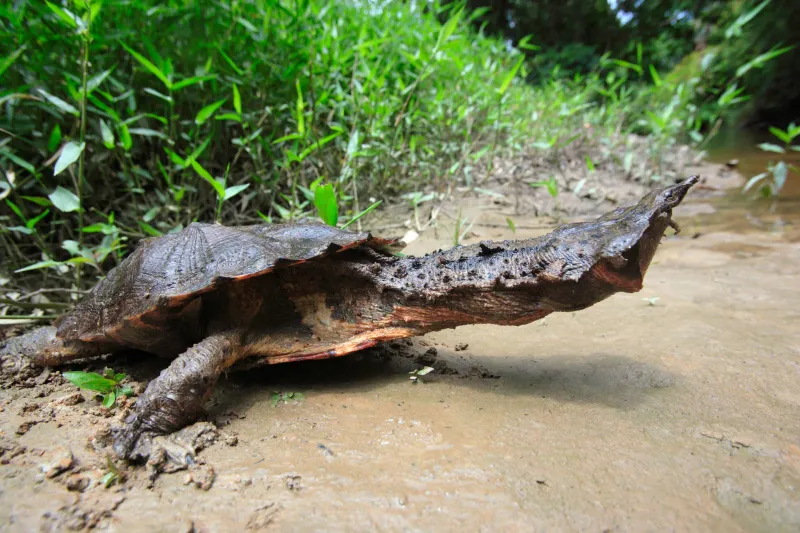
Looking more like debris than a living creature, the Mata Mata can remain completely still for extended periods.
This stillness is its primary defense mechanism, rendering it invisible to both prey and predators. It’s a master of disguise, blending into its environment with remarkable ease and effectiveness.
13. A Unique Vocalizer
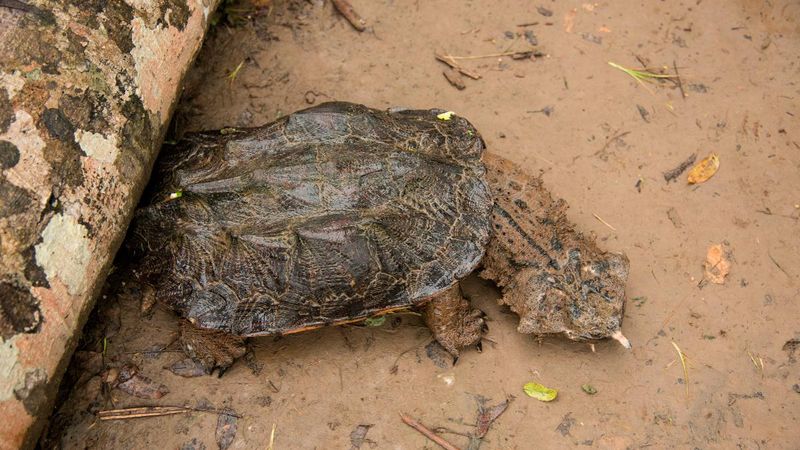
While turtles aren’t known for their vocal abilities, the Mata Mata can produce low-frequency sounds. These sounds are part of its communication arsenal, possibly used during mating or territorial displays.
It’s a subtle yet fascinating aspect of its behavior, showing that even the weirdest turtles have more to say than we might think.
14. Ancient Appearance, Modern Survival
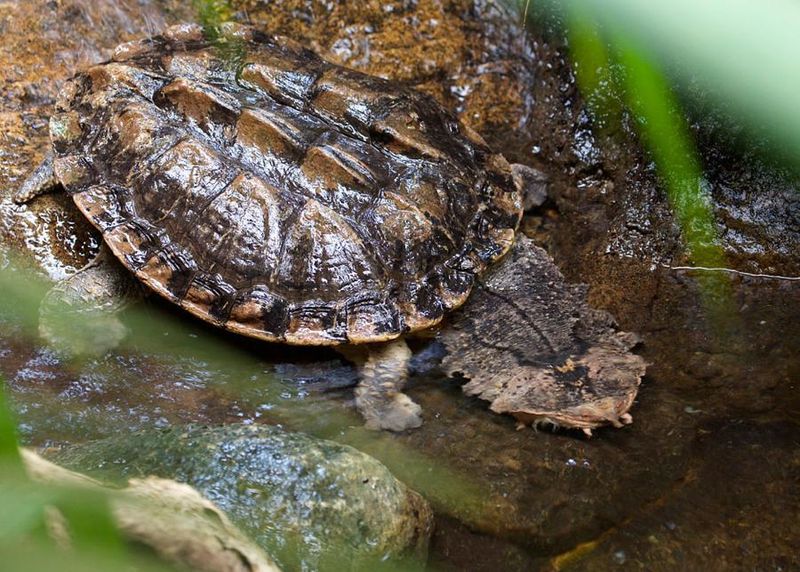
The Mata Mata’s prehistoric appearance makes it look like a relic from another time, yet it thrives in today’s world. Its evolutionary design is a testament to the success of its adaptations.
This turtle is a fascinating blend of the ancient and the contemporary, surviving through the ages with its unique charms intact.
15. Conservation Concerns
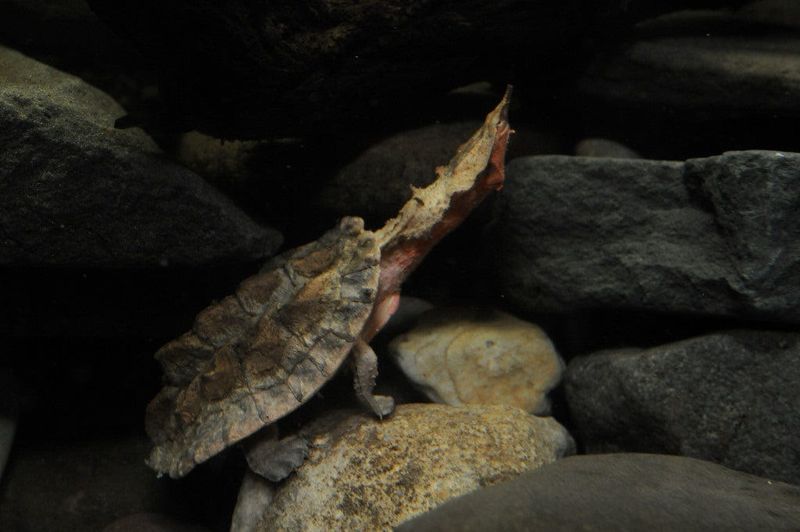
Despite its eerie appearance, the Mata Mata faces threats from habitat destruction and the pet trade. Conservation efforts are crucial to ensure that this remarkable turtle continues to grace our planet.
It’s a reminder of the delicate balance between humans and the wildlife we share our world with.

